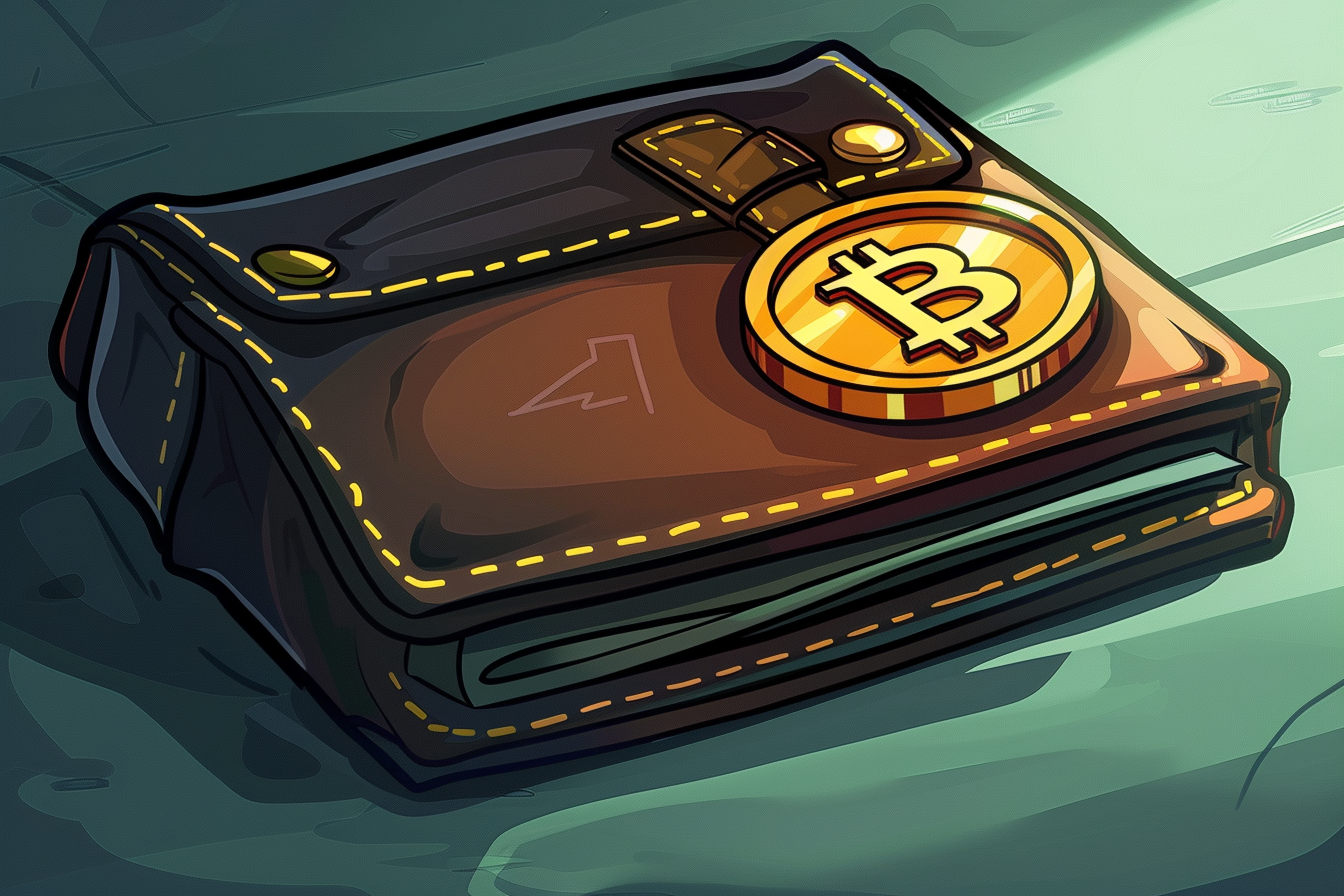Table of Contents
The market value of Tether's stablecoin is almost back where it was before the collapse of algorithmic competitor TerraUSD a little over a year ago.
On Monday, the stablecoin operator had around US$81.4 billion in assets to back its USDT token, as reported by data aggregator CoinMarketCap.
The number peaked at over $83 billion in May, when investors fled the cryptocurrency market in general following the collapse of Terra.
Around June last year, Tether USD (USDT), the largest stablecoin, experienced US$1.6 billion in withdrawals out of the blue, making it all too familiar.
After Celsius temporarily halted all withdrawals, USDT de-pegged once again, creating a sense of unsettling déjà vu. Prior to the Terra UST debacle, USDT had no stable value. Many people were wondering if USDT will go the way of UST.
The resurgence demonstrates Tether's continued dominance as a cryptocurrency exchange and value storage medium.
As the world's most traded crypto asset, USDT uses a pool of cash and currency equivalents to guarantee a 1:1 redemption rate with the US dollar.
It fell briefly below its US$1 peg in both TerraUSD's collapse and FTX's in November.
Although Tether's market capitalization dropped by $10 billion after Terra's meltdown last year, USDT and UST are completely distinct things.
To keep its fiat currency peg, UST has an algorithmic stablecoin structure that relies only on on-chain algorithms.
Meanwhile, USDT's reserves are well stocked with cash and other liquid assets. Each USDT that is created is backed by a deposit of one US dollar or its equivalent.
Regulatory Intervention
Regulators worldwide are now looking closely at stablecoin issuers like Tether because of previous questions about the quality of assets used for that reserve.
This year, Tether has profited from the 65% increase in market benchmark Bitcoin and the financial turbulence that has hurt competitors like Circle's USD Coin.
According to Alex Thorn, head of research at Galaxy Digital, the quantity of Tether in circulation often increases during rallies and flattens or marginally drops in downturn markets.
tether is growing while usdc is declining
— Alex Thorn (@intangiblecoins) April 22, 2023
tether current supply ($81.4bn) is a hair away from all-time highs ($83.5bn) while usdc at <$30bn is -40% from ath ($47bn) pic.twitter.com/IXC8suGPKR
According to Henry Elder, head of decentralised finance at Wave Digital Assets, large investors (or "whales") have been getting out of winning transactions and storing earnings in Tether.
Meanwhile, the changing regulatory landscape in the US is expected to drive more traders abroad. Tether is headquartered in the BVI. Boston-based Circle has witnessed a 30% drop in USDC assets this year.
There was clear tension between Republican and Democratic representatives during last week's House of Representatives hearing on stablecoins. That's not a good sign for lawmaking.
State and Federal authorities in the United States have emphasised enforcement recently. After getting backlash from New York and the SEC, Paxos Trust halted releasing its Binance-branded BUSD stablecoin.
Like what you read? Our weekly Business Bulletin wraps up the most important business and economic developments in the industry, along with macroeconomic views and opinions. To avoid FOMO and access member-only features, click here to subscribe. It's free.







